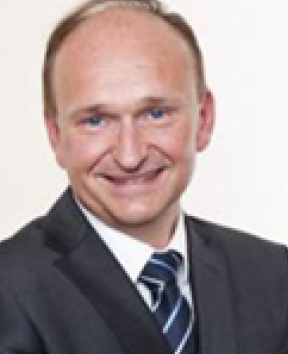$navCat->link_title
The International Radiation Protection Association
The Society for Radiological Protection is the UK Associate Society affiliated to the International Radiation Protection Association (IRPA). IRPA is recognised by its members, stakeholders and the public as the international voice of the radiation protection profession in the enhancement of radiation protection culture and practice worldwide. Membership of IRPA is via national and regional Associate Societies of which there are currently 52 representing 66 countries. SRP's Committee for Liaison with IRPA and Partner Societies (CLIPS) has responsibility for liaison with IRPA and various documents are available on the CLIPS page in MySRP (members only).
Follow IRPA on LinkedIn.

Dr Bernard le Guen
How long does it take to calculate the radiation dose rate from, say 50TBq of Co-60 that's 10 m away? Calculating this by hand might take a few minutes - especially if you don't happen to remember the gamma factor for Co-60 and need to look it up. Oh - if you're interested, the dose rate is about 180 mSv/hr...if the calculator I used was updated with the most recent gamma factor, anyways.
That's the science. If you're sitting an exam your work might be done at this point.
If you're an RP professional, your work is just beginning.
Consider...
- If you're a university Radiation Protection Officer, this is a very high dose that you are going to need to protect people from. You'll need to establish safe boundaries, find out how the source came to be where it's at, notify your regulators, develop a recovery plan, and it might be months before you finally put this event behind you.
- If you're a radiation oncologist, you'll (hopefully) realise that this isn't quite enough dose rate to treat your patient's cancer in a reasonable amount of time and your patient will need to be moved closer to the source.
- If you're an industrial radiographer, you simply need to collimate your source, set your radiation safety boundaries appropriately, and proceed with your next 'shot'.
- If you're an ALARA (As Low as Reasonably Achievable) engineer overseeing the replacement of ion exchanger resin, main coolant filters, or replacing bearings or valve seating surfaces at a nuclear power plant then you need to determine the appropriate shielding to protect the workers, develop an ALARA plan for the project, and institute fairly significant radiation safety controls to make sure the work is done properly without any excessive exposures. And if you're the regulator at this plant, you're going to want to dig through the work plans and all of the calculations to make sure there are no errors.
I could keep going, but you get the picture. Very frequently, calculating 'the number' is the easy part of our jobs in radiation protection ...but there's far more to our profession than calculations and, in many cases, it's what we do with our results that matters far more than the calculations themselves.
It is essential that we, as scientists, wield our tools as best we can, that we keep up as our science advances, and that we make every effort that our results and the ensuing recommendations or conclusions be firmly rooted in science. But we must also remember that the most important part of our work is yet to come - that we must often be able to convey the important parts of our work to non-scientists, and sometimes to be able to apply these results to our society as a whole. If we have only our science, we can do only a part of our work.
SRP Publishes New Communications Guidance (News Story from July 2021)
IRPA Document: Practical Guidance for Engagement with the Public on Radiation and Risk